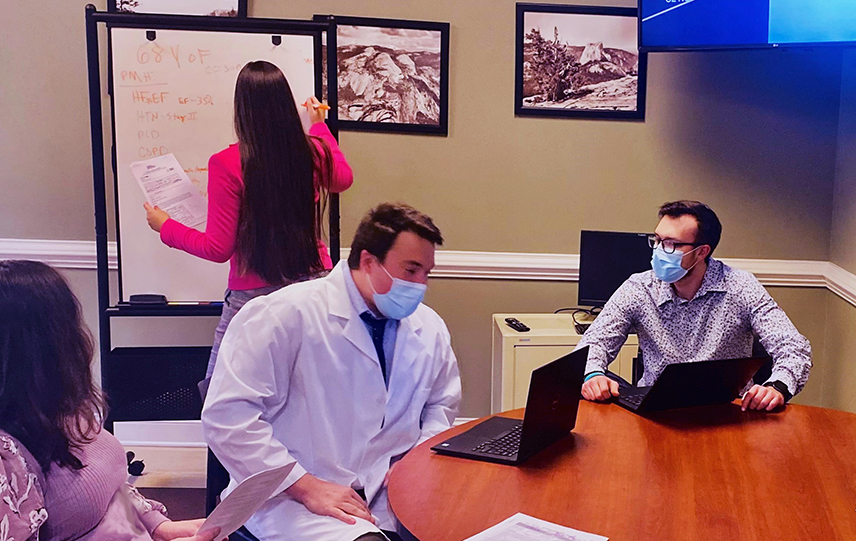Community Preventive Services Task Force:
Improving Health and Safety in Communities
For more than 25 years, communities searching for what works to protect and improve their population’s health have turned to The Community Guide, a collection of evidence-based recommendations and findings from the Community Preventive Services Task Force (CPSTF).
Program planners and other decision makers may consider using CPSTF findings early in program planning to save time and money when researching evidence-based interventions. Researchers and funding organizations can also use evidence gaps and insufficient evidence findings to prioritize areas for research.
Why use CPSTF recommendations and findings?
- Many intervention approaches to consider. Program planners may consider using the 230 intervention approaches across 22 topic areas that comprise the recommendations and findings.
- Evidence based. Recommendations and findings are based on systematic reviews of evidence, which helps make sense of large bodies of scientific literature.
- Quality of review methods. Review methods are consistent, transparent, scientifically rigorous, and strongly consider health equity.
CPSTF Topics
- CPSTF is an independent, nonfederal panel of public health and prevention experts appointed by the CDC director.
- Members are supported by 32 Liaison organizations.
- U.S. Department of Health and Human Services established CPSTF in 1996 to develop guidance on which intervention approaches work and which do not work.
Public Health Planners and Decision Makers Use CPSTF Recommendations and Findings
To Inform
- Decisions on which evidence-based approaches to implement in communities, schools, businesses, or organizations.
- Budget decisions and priorities using economic findings.
- Program goals and objectives.
To Develop
- Evidence-based policies and regulations.
- Training content to include systematic review methods.
To Support and Strengthen
- Health systems and patient care.
- Proposals for program funding.
- Dialogue with partners.
- Public health department accreditation.
Access CPSTF Findings
Access CPSTF findings, effectiveness and economic evidence, tools, and resources on The Community Guide website.
Subscribe to receive regular updates about webinars and presentations, new findings, and other products.
Email us with your questions.
The Community Guide in Action
Communities, businesses, the U.S. Armed Forces, healthcare systems, schools, public health departments, employers, and related groups put CPSTF recommendations into practice. Community Guide in Action (CGiA) stories are examples of who uses CPSTF findings and recommendations and how they are used to make people safer and healthier.

BuchananCares, a pilot program at a Virginia hospital, prevented 30-day readmissions and improved medication use for participating patients. Developed using CPSTF recommendations, it was later established as usual care. Read the CGiA story.

Nebraska Panhandle Public Health District referenced 28 CPSTF recommendations in their Community Health Improvement Plan and used Healthy People to set goals and objectives, matching them with CPSTF recommendations. Read the CGiA story.

CityHealth, an initiative of the de Beaumont Foundation and Kaiser Permanente, used CPSTF recommendations to inform a package of policy solutions to help cities improve population health. Read the CGiA story.
The Centers for Disease Control and Prevention provides administrative, scientific, and technical support for CPSTF.